The most critical time period for managing suckler cow nutrition is between calving and breeding. Decisions made during this time have lasting consequences on the profitability of the herd.
The freshly calved cow faces many competing demands. If feed supply is limited, the calved cow will prioritise available nutrients towards milk production for the calf (highest priority), and away from other key functions such as increasing body condition, uterine repair and ovulation.
So to ensure good herd reproductive performance, the suckler cow must be fed to their requirements and cannot tolerate any prolonged feed energy deficit pre-breeding.
Currently, the spring-calving cow is in the pre-breeding phase of her production cycle on most farms and as such this animal is the priority animal for feeding on beef farms. Where ground conditions permit, spring-calving cows should be at pasture and get first choice on spring grass. The high nutritive value of spring grass will be essential to aid in the recovery of her body reserves (following the prolonged winter period) and resumption of cyclicity.
However, the difficult weather experienced on many farms over the past week to ten days in the east and south and over the last month in the west, midlands and north, has stunted grass growth and hampered grazing. In some instances, grass growth rates and farm covers are on average 40-50% below their desired targets for the time of year.
Even with an improvement in growing conditions, it will still take about one to two weeks before grass supply is sufficient in some parts of the country or for ground conditions to allow stock back outdoors.
There are three main scenarios occurring on farms which are summarised below. Meeting nutritional targets is vital to prevent breeding disruption.
1). On farms where grass is tight: Prioritise what grass is available to the suckler cow and make up the feed deficit with supplements. For example, on some farms that are managing to keep stock out, pre-grazing covers are currently between 400 and 600kg DM/ha, or 50% less than required and with a stocking rate of at 2LU/ha a grass allocation of 8-12kg DM per cow could be assumed.
The deficit in feed requirement (2-3 kg) could be made up by supplementing with meal or silage at pasture, if ground conditions are favourable.
2). On heavy, wetter farms: If grass is available, the aim should always be to keep a proportion of grass in the pre-breeding cow’s diet. To achieve this, farmers might consider utilising strategies such as on-off grazing, in which cows are let out to pasture for a few hours daily and the calves remain housed.
This approach will not only lower the daily feed cost (compared to a full-time indoor diet) but also has the added benefit of breaking the maternal off-spring bond that exists between cow and calf. Remember, the length of the interval from calving to first heat (anestrous period) is primarily governed by this factor, along with the nutritional status of the cow.
3). Re-house (grass is in short supply or grazing condition is poor): To limit the impact on animal performance and also the subsequent sward productivity, it’s best to rehouse cows until ground conditions and grass supply improve.
It’s generally perceived that consistent feed management is essential to optimise fertility. However, once the cow’s nutritional demands are met, rehousing for a short period of time will not affect her productivity. In this regard, if suckler cows in the middle of the breeding season are being rehoused, feed 2kg of meals with moderate-quality silage. Cows in poor body condition (BCS 2) and first-calf heifers should be offered 3kg to 4kg depending on silage quality and body condition.
Remember in all situations to ensure cows suckling calves have access to minerals to reduce the risk of grass tetany.




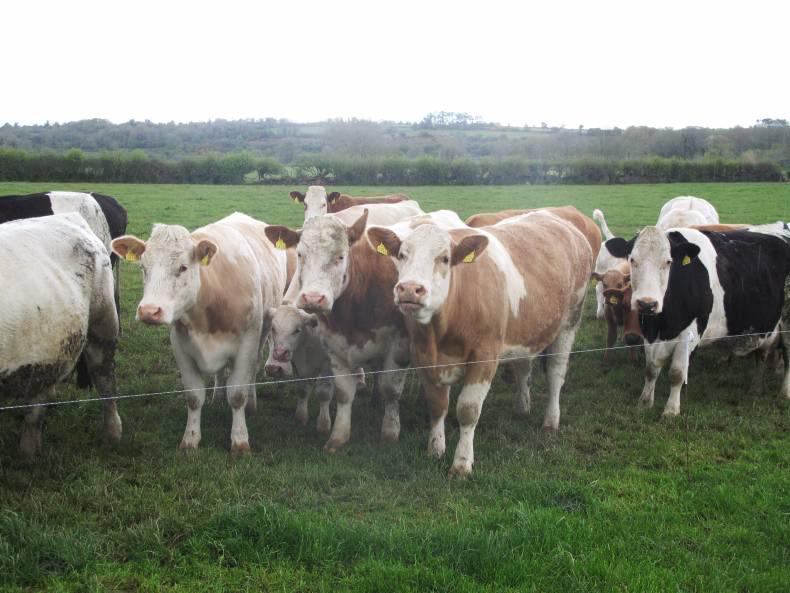
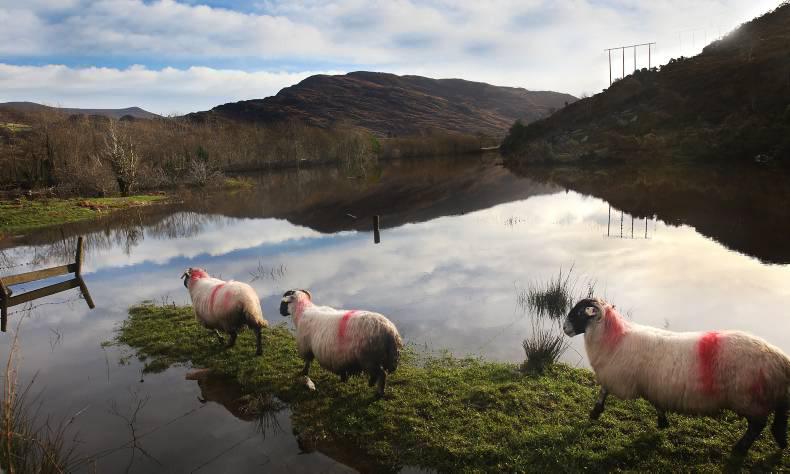
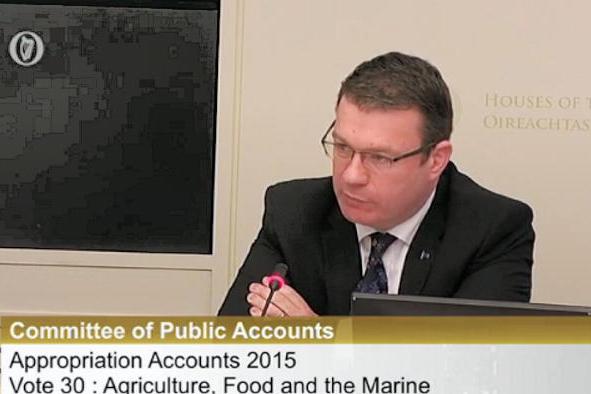
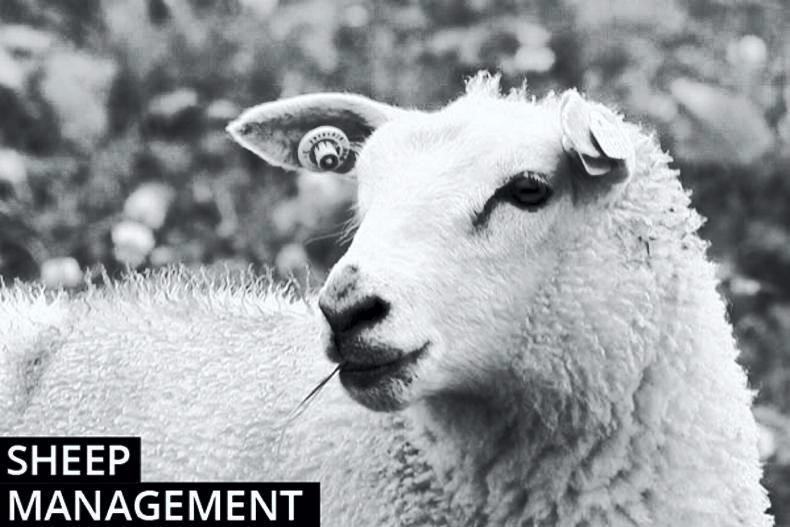
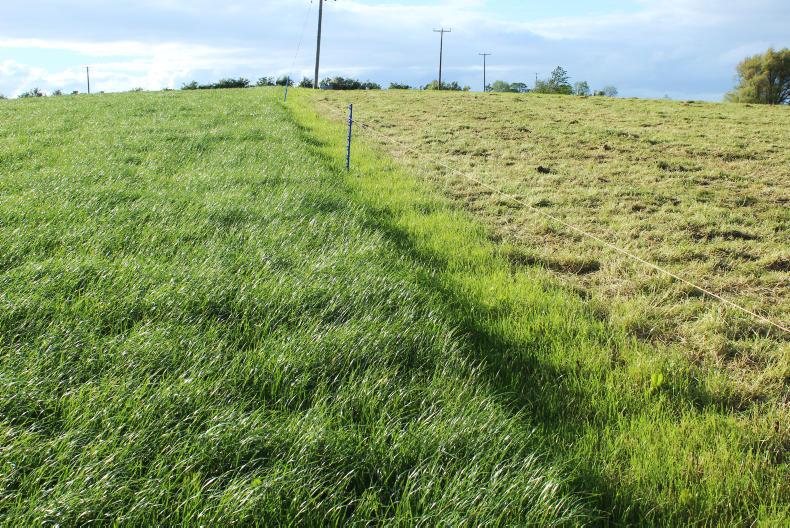
SHARING OPTIONS